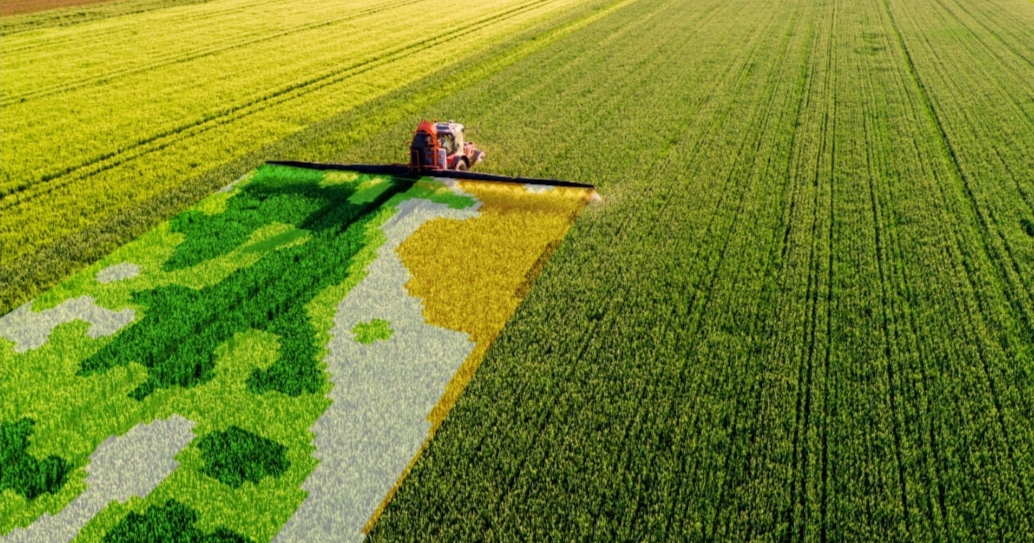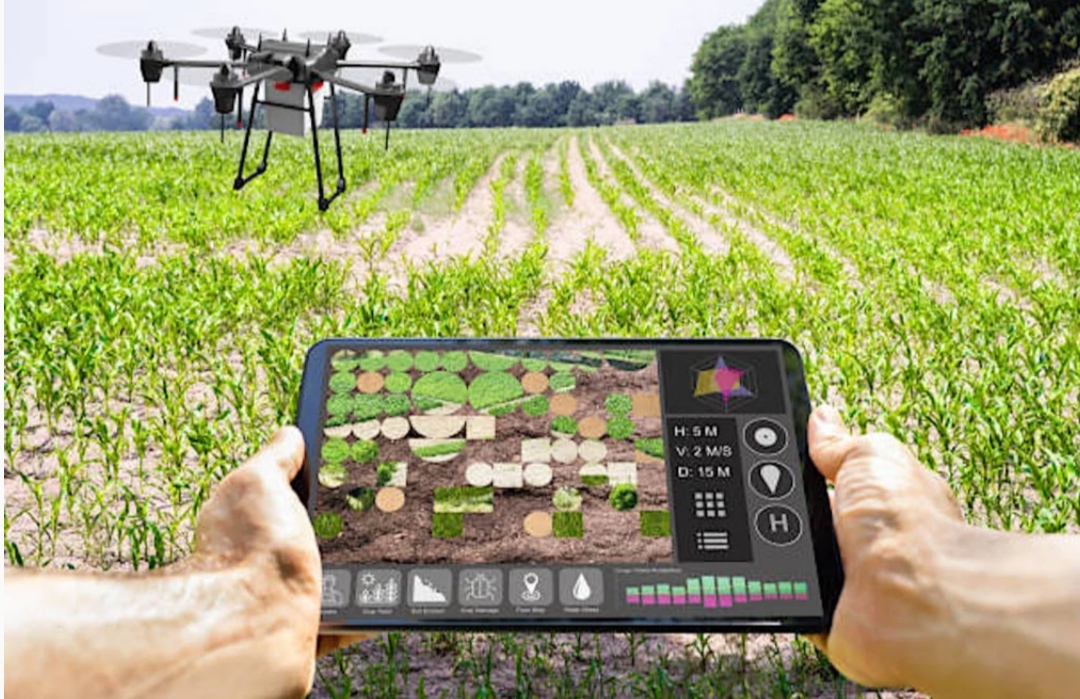
Farming is evolving with a new approach called digital agriculture, which uses advanced technology to grow food more efficiently and sustainably. This means using tools that gather data and help farmers make smarter decisions about how they farm.
Digital agriculture is changing the way food is grown by using technology to make farming smarter and more sustainable, which has the potential to revolutionise farming and ensure a sustainable future for agriculture.
Precision farming
One key part of digital agriculture is precision farming. This involves using sensors, drones, satellites, and internet devices to collect information about the soil and crops.
For example, sensors in the soil can measure moisture levels, and drones can take pictures and videos of fields to show areas where crops might need more water or nutrients, exactly where the crop is infested by disease and pests.
This helps farmers decide exactly where and how much water, fertiliser, or pesticide to apply. By doing this, farmers can save money on inputs and protect the environment by reducing unnecessary chemical fertilisers and pesticide use.
Variable rate technologies
Variable rate technologies are another important aspect. These technologies allow farmers to vary the amount of inputs, like fertilisers, seeds, growth hormones, or pesticides, they use across different parts of a field.
For instance, if a soil test shows that one area of the field needs more nutrients, a farmer can use a machine that automatically adjusts the amount of fertiliser needed to be applied in that area.
This ensures that all plants get exactly how much nutrients they need, leading to healthier plants and higher yields. This technology is not only efficient for farmers, but also environment-friendly.
Smart farming systems

Farmers also use smart devices like sensors, drones, and satellites that connect to portable electronic devices(laptop and mobile) with the internet to monitor their crops and animals.
These devices can send alerts to farmers’ electronic devices if something needs attention, like a drop in soil moisture or signs of pests. For example, a farmer might receive a notification that a certain part of the field is too dry and needs irrigation, or that disease is starting to affect plants so they can take action earlier to protect the crop from larger damage.
Data analysis and decision support
Digital agriculture relies on analysing large amounts of data to make better decisions. Farmers can use historical data and real-time information to predict things like weather patterns and crop growth. This helps in planning when to plant, water, and harvest crops more effectively, which leads to higher yields and less waste.
Using digital tools can also benefit the environment. By reducing the amount of chemicals (fertilisers, pesticides, and growth hormones) and water used on crops, farmers can minimise pollution and protect soil and water quality. For example, the precise application of fertilisers means less runoff into nearby water sources, which helps keep water clean for drinking and wildlife.
Challenges and adoption
However, these technologies can only be used effectively and efficiently in larger commercial fields, not in small fragmented lands. Furthermore, not all farmers can afford these technologies due to the higher cost of these technologies, the educational background of farmers, and some areas may not have the strong internet connections needed for smart devices to work properly.
Governments and companies need to work together to make sure all farmers have access to these technologies and understand how to use them effectively.
In the future, digital agriculture is likely to become more common as technology improves and becomes more affordable. Innovations such as blockchain and advanced artificial intelligence will continue to transform farming practices, making them even more efficient and sustainable.
In conclusion, digital agriculture is changing the way food is grown by using technology to make farming smarter and more sustainable. By using tools like sensors, drones, electronic devices, internet, and data analysis, farmers can produce more food with fewer resources and less impact on the environment. As these technologies become more accessible, they have the potential to revolutionize farming and ensure a sustainable future for agriculture.

















